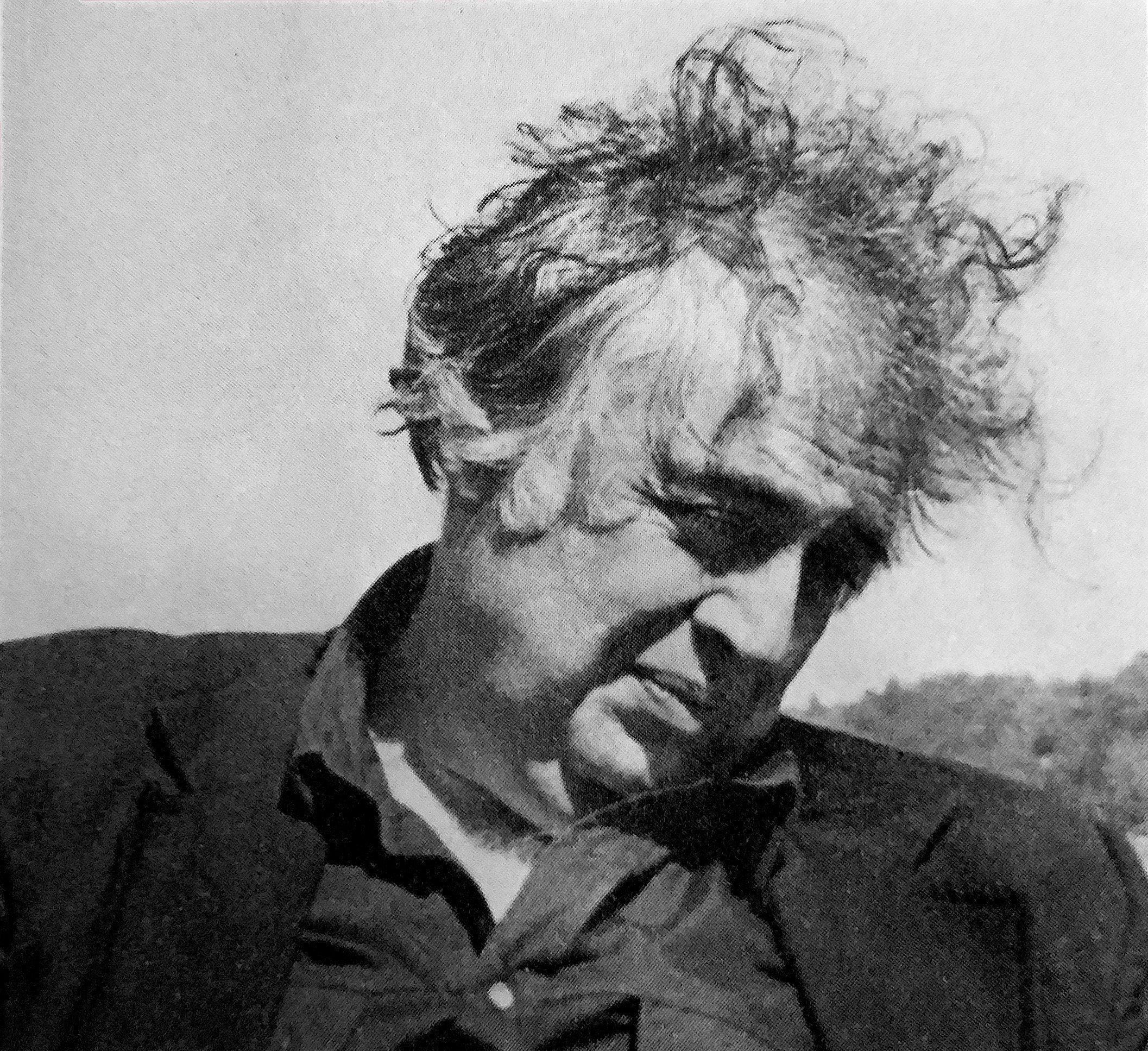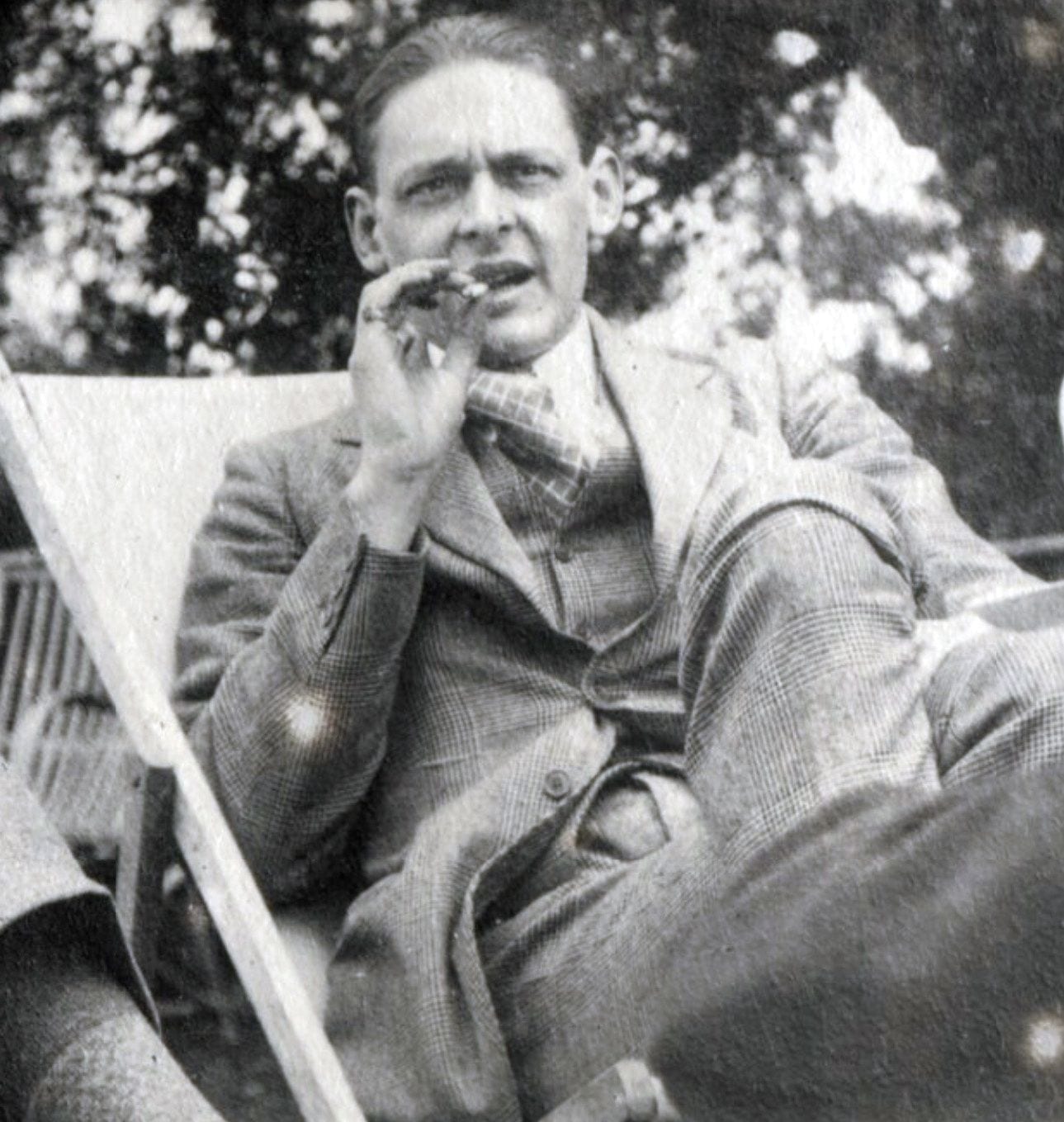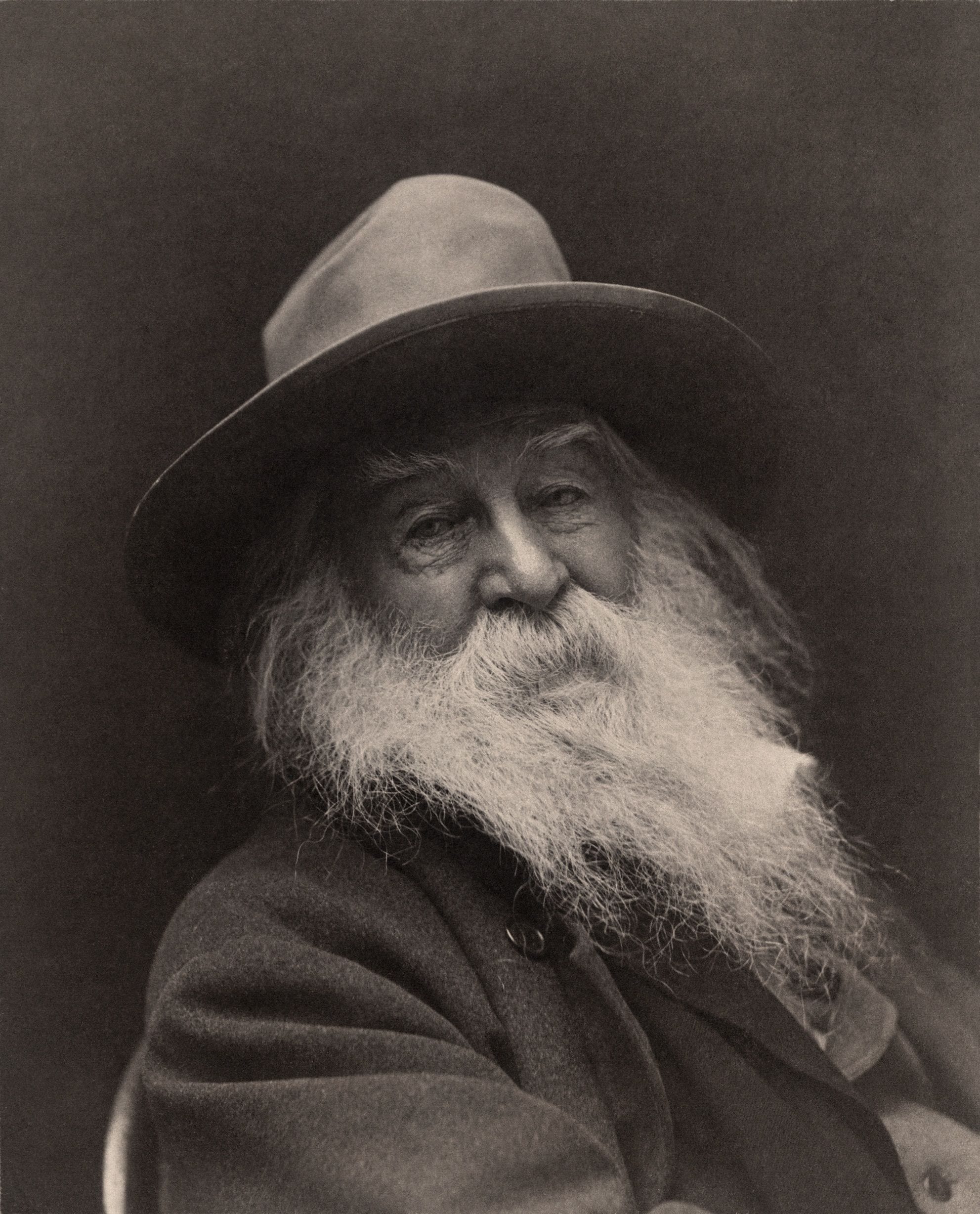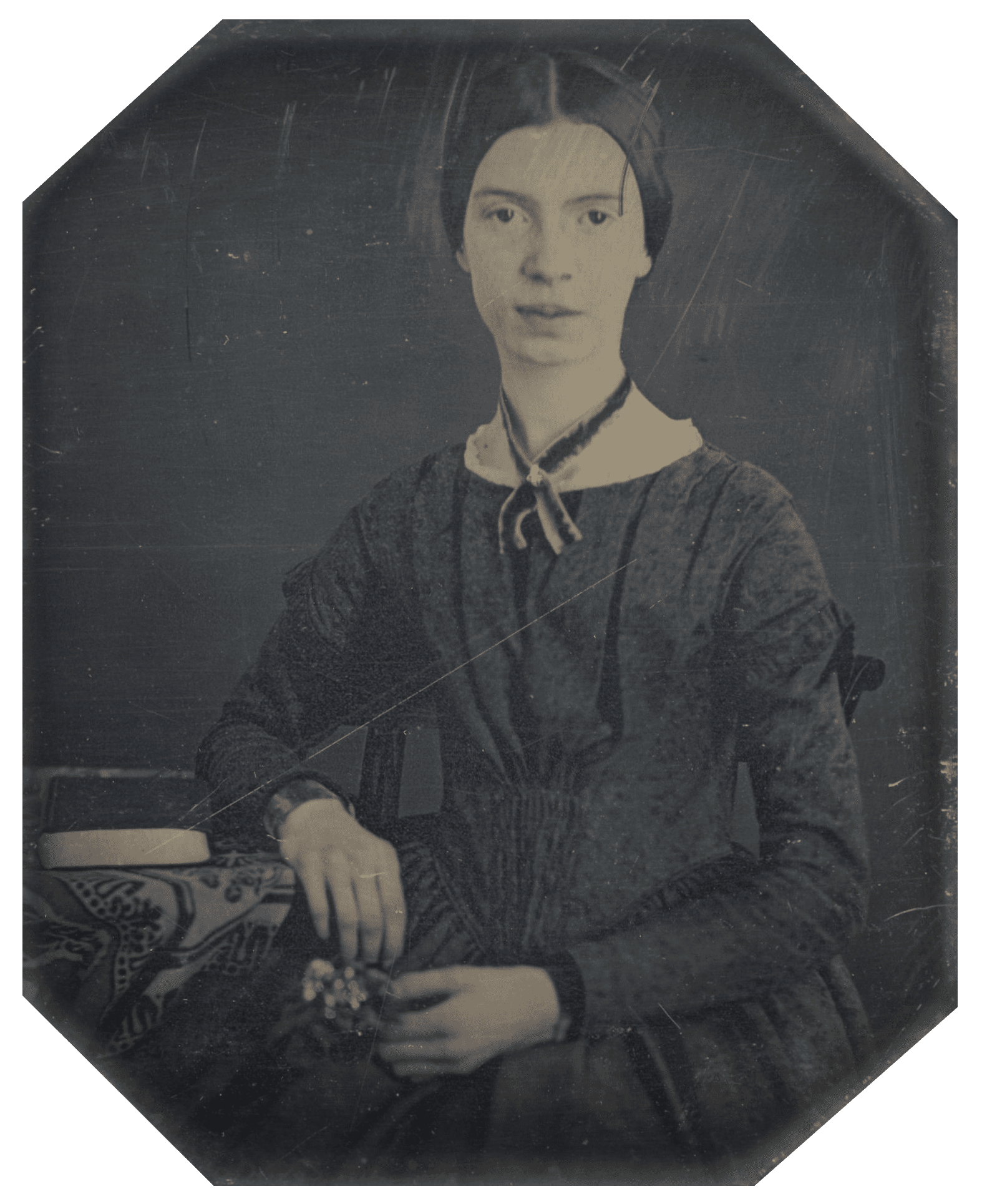
Harold Bloom’s October 2019 death came two months after the death of Nobel and Pulitzer Prize-winning writer Toni Morrison. While popular critical consensus and more glowing appreciations were justifiably aimed at Morrison, those of us who followed the early ’90s clash of these two literary titans over the subject of the canon’s relevancy probably saw perfect closure in the fact that they were now gone from the stage. Bloom saw adherence to the Western canon “as a process of intense personal engagement with great work” whose goal was to “enlarge a solitary existence.” His list of great works in the Western canon focused on only 26 authors and four major periods covering several millennia.
Morrison minimized the need for a canon because its rigidity excludes diversity. Instead, she favored race, gender, and culture studies. This focus helped transform the objective nature of the canon. Bloom’s rigid orthodoxy about what is necessary for educational enlightenment was transformed by Morrison, along with other non-white, non-male, non-binary intellectuals, into a more diverse journey of learning — and appreciation.
Save for his introduction to her novel Song of Solomon, which he insisted be solely evaluated on aesthetic grounds, Bloom and Morrison had minimal connections beyond being on either side of the literary canon cultural wars. Still, she is among the 47 writers profiled in the new Library of America collection The American Canon: Literary Genius from Emerson to Pynchon introduced and edited by author David Mikics. These essays form the basis of a lifetime Bloom spent reading and personally connecting with an American canon of his own making. It begins with Ralph Waldo Emerson, “…the inescapable theorist of all subsequent American writing.” Starting from this period of the mid-19th century, Bloom ends with Thomas Pynchon, author of (among other titles), Gravity’s Rainbow and lead chronicler of “…the age of plastics and paranoia, corporations and capitalists dominated by the system.”
Ten of the featured writers in this canon are women, and three are people of color. As a representation of canon-worthy American literature since Emerson (and since his criteria include poets, essayists, playwrights, and novelists) one wonders why Bloom doesn’t include American writing before Emerson’s Transcendentalists like Thomas Paine, Benjamin Franklin, and Thomas Jefferson. The implied reasons for authors included here — that their conformity to an understood singular American aesthetic makes them by definition superior to the spectrum of American experience — leaves much to be desired.
In his introduction, Mikics notes that Bloom’s experiences at Yale in the 1950s were influenced by poet and critic T.S. Eliot: “At Yale in the 1950s, Eliot’s judgments were largely sacrosanct. He had deemed the Romantics dangerous eccentrics, Emerson and Whitman bad influences, [and] Bloom was ready to fight back.” Bloom developed and cultivated an anti-Eliot canon that featured the American Romantics profiled in this book: Emerson, Whitman, Dickinson, Melville, Faulkner, and Wallace Stevens. It was Bloom’s conception of the “daemon” as an inspiring power, “…the highest and deepest force within the self, yet…not of the self. It’s a daemon that …impels nightmares as well as creative joy.” Indeed, Bloom needs the daemon as the driving force between reader and writer. His 1967 book, The Anxiety of Influence proposes that great writers must first understand the essence of their literary precursors — then deny them to become truly original.
T. S. Eliot, photographed one Sunday afternoon in 1923 by Lady Ottoline Morrell (Public Domain / Wikipedia)
Ralph Waldo Emerson is the essential American Romantic. Walt Whitman is the healer whose “…soothing, puzzling incantations help us through our dark nights.” Herman Melville is our “thundering prophet”. He and Edgar Allan Poe are two examples of writers who were “…harsh determinist[s] who ‘tap[ped] into our common nightmares.'” Mikics makes clear his motivations by the end of the Introduction when he calls forth the need for Bloom’s “daemonic eagerness”. It’s here, where the reader looking for a more 21st-century embrace of inclusivity, might feel left out before leaving the Introduction:
Identity politics, censorious and condescending, not readerly passion, rules the day in many classrooms.
This comes off as somewhat reactionary on Mikic’s part, to suggest that the creation of a more diverse curriculum over the past 30 years that would include women, people of color, and LGBTQ writers only resulted in censorship and condescension. Certainly, there have been some misfires in the quest for academic inclusivity, but opening up the possibilities of what to read and why to read it has allowed us to come to terms with the inevitability of the American canon. Somebody was going to try developing an American canon meant to fit us all,and Bloom stepped up to do the job. This collection Bloom presents might not truly represent who we are now, but it’s certainly a reflection of who we’ve been. Here, he presents the essence of Emerson:
If a single American has incarnated our daemon, it is Emerson, not our greatest writer, but merely our only inescapable one, to be found always where Whitman asked to be sought, under our boot-soles…
Bloom dispels what he calls “…the myth of Thoreau as a kind of American Mahatma Gandhi…” Was the loner Henry David Thoreau a hermit who spent a solitary life in a cabin by Walden Pond, financially supported by his pal, Emerson? Bloom claims Thoreau was (unlike Emerson) “…a prig and an elitist.” Emerson was a fan of the abolitionist John Brown, who didn’t exactly follow the standards set by Thoreau’s pacifist civil disobedience philosophy.
American poet Walt Whitman, by photographer George C. Cox. (Public Domain / Wikimedia)
Later, in his essay on Walt Whitman, Bloom writes: “No other poet insists so vehemently and so continuously that he will tell us all without artifice, and yet tell us so little, and so cunningly.” It’s a long explication on Whitman’s Leaves of Grass, his erotic poetry, and the likelihood that this poet’s perspective was “omnisexual”. Bloom continues:
Keep in mind always his declarations that he is ‘maternal as well as paternal, a child as well as a man,’ and ‘I am the poet of the woman as well as the man.’
Bloom provides a beautiful ending in the essay on Whitman, referring to the poet’s days as a civil war nurse: “…it seems clear that by 1866 one too many soldiers had died in Whitman’s arms. The cost of absorbing such pain and suffering would have been too high for anyone, even for our nation’s ministering angel.”
For Bloom, Herman Melville’s Moby Dick was indicative of “…our worship of the god within…” Its heroes were driven by daemons and obsessed with a singular purpose. Bloom argues that Emily Dickinson was among only six major poets this country has so far created. The reader needs to take as a given that Bloom will not budge in his unwillingness to expand his considerations. Bloom writes: “Dickinson is cognitively so endowed, and so original, that her only peers among poets writing in English might be Shakespeare, Milton, and Blake.” While his fervent promotion of Dickinson is commendable and understandable, he risks losing us when he writes:
No woman poet since Dickinson has had the power to teach us so urgently and intuitively that women need not see as men see, need not will as men will, need not appropriate for themselves as men perhaps need to do.
Daguerrotype of Emily Dickinson, c. early 1847. (Public Domain / Wikipedia)
For however much he might want to promote assessing the canon purely on aesthetic grounds, considering Dickinson as a “woman poet” as well as one of the six greatest we have produced is both complimentary and patronizing. It’s like he’s patting Dickinson on the head, if you will. He calls Dickinson our most “radical nihilist,” and in a sense, it’s with these sentiments he takes his place as our most committed literary critic.
Nihilism comes into play with the next essay on Mark Twain, referred to by Bloom’s friend Robert Penn Warren as “…the ultimate American nihilist…” Bloom effectively argues that Twain’s greatest single comedic work, The Adventures of Huckleberry Finn, had been “…creatively misread by Sherwood Anderson and Hemingway, Fitzgerald and J.D. Salinger. To different degrees, they interpreted it as a parable of their own inception and as nostalgia for a lost American dream.”
Bloom saw Theodore Dreiser, author of An American Tragedy, as capable of “…tap[ping] into our common nightmares.” Poe might have shared that ability through horror and the detective genre, but Dreiser’s ability to evoke the horrifying American reality of an upper-class doomed young romance-turned-murder is equally effective.
Bloom argues that Robert Frost was the next great American poet to build upon Emerson and the “American religion” of self-reliance, the heroic journey, and fulfillment through finding a purpose. Bloom goes deeper, and his connections are convincing:
Robert Frost is what the Bible names a watcher; of places, persons, things, and one’s solitary inward self. He does not share Whitman’s eros, however intransitive.
The writers that follow are equally impressive. He evokes a strong picture of Wallace Stevens’s essence by contrasting him with one of his 19th-century predecessors: “The principal difference between Stevens and Whitman [is that the former] admits his mind is alone with its own figurations, while Whitman keeps inaccurately but movingly insisting he wants ‘contact’ with other selves.”
T.S. Eliot looms large in American literature, and Bloom’s take on the poet is impressive. He makes it personal, as Mikics makes clear in the introduction. Bloom was a “Romantic Revivalist” from 1957-1977, “…furiously battling to restore many great writers to the canon…” For Bloom, Eliot’s poetry is powerful, but he was disheartened by the man’s literary and cultural criticism:
In my old age, I have calmed down: my warfare is accomplished, my grudge ebbing with the ocean of life…His [Eliot’s] scorn for Emerson is so ill-informed that some personal bias has to be noted in it.
Zora Neale Hurston’s art “…exalt[ed] an exuberance that is beauty, a difficult beauty because it participates in reality-testing.” Of her novel Their Eyes Were Watching God he writes it “…is the Mosaic myth of deliverance, the pattern of revolution and exodus that Hurston reimagines as her prime trope of power.” Bloom’s greatest strengths are the emotional connections he makes with the works of his subjects. Take this passage about William Faulkner:
The finest opening section of any twentieth-century American novel belongs to…As I Lay Dying (1930). The book consists of fifty-nine interior monologues…[it] intimates the superb originality of Faulkner’s most surprising novel…it has enormous aesthetic dignity and is a sustained nightmare of what Freud grimly called ‘family romances.’
It takes a while for Bloom to move through the 20th century, and his rigid standards can seem stifling. Still, his commitment to them is strong. He notes that Nathaniel West, author of Day of the Locust, was “…manifestly a Jewish anti-Semite.” His novel Miss Lonelyhearts exemplified what Bloom saw as the writer’s sense of being “…a prophet of American violence…” The work was grim, dark, doomed, and emblematic of the national climate in 1930s America.
The collection’s final third is rushed, but the readings remain rewarding. Bloom covers Tennessee Williams as “the most literary of our dramatists.” That said, he claims Williams was unable to “…dramatize inwardness…” Bloom notes that the downfall of Blanche Dubois (from Williams’ A Streetcar Named Desire) was about “…the failure of the American literary imagination to rise above its recent myths of recurrent defeat.
Harold Bloom’s The American Canon: Literary Genius from Emerson to Pynchon is an impressive and important look at what he sees as the core of American literature. Nevertheless, he’s very light on post-World War II writers. Toni Morrison, Philip Roth, and Don DeLillo are given their separate considerations, but there’s much missing. Where is John Updike? If Russian-born Vladimir Nabokov could be included here, why not Canadian-born Saul Bellow? How about Joyce Carol Oates, John Cheever, Arthur Miller, August Wilson, Kurt Vonnegut or TC Boyle? There are scores of others who could be mentioned.
The trouble with canonizing is that those who enter that realm are always going to be measured against the strengths and weaknesses of those outside of it. Bloom’s strength is found in his willingness to always closely read and connect with great literature, to generate connective tissue between generations, to develop the idea of the daemon as the heart pumping the blood through the body of American letters. His weaknesses are his rigid orthodoxy and his apparent unwillingness to expand his views to embrace legitimate American literary legends (like Arthur Miller) as worthy of entering the canon.
Those of us who don’t see the canon as the alpha and omega of great literary standards should continue to read and consider Bloom’s literary criticism for what it can give us and not for what we think it should be.

* * *
Additional Sources Cited
Karaganis, Joe. and McClure, David. “Did Harold Bloom or Toni Morrison Win the Literary Canon Wars?” The New York Times. 19 October 2019.
Rahman, Khaleda. “Barnes and Noble Scraps Black History Month Project After Diversity Covers Backlash” Newsweek. 6 February 2020.
Uncredited. Harold Bloom Creates a Massive List of Works in The “Western Canon”. Open Culture. 28 January 2014.




